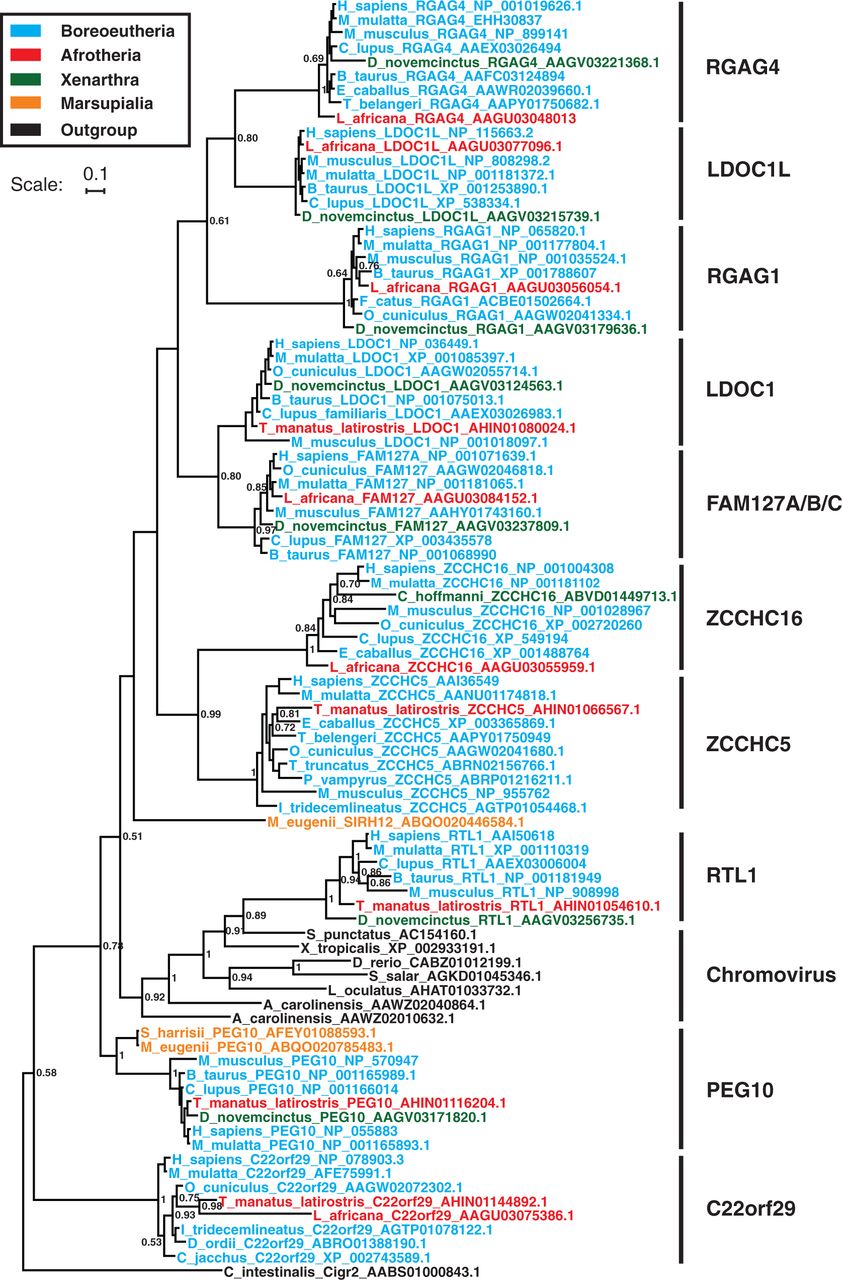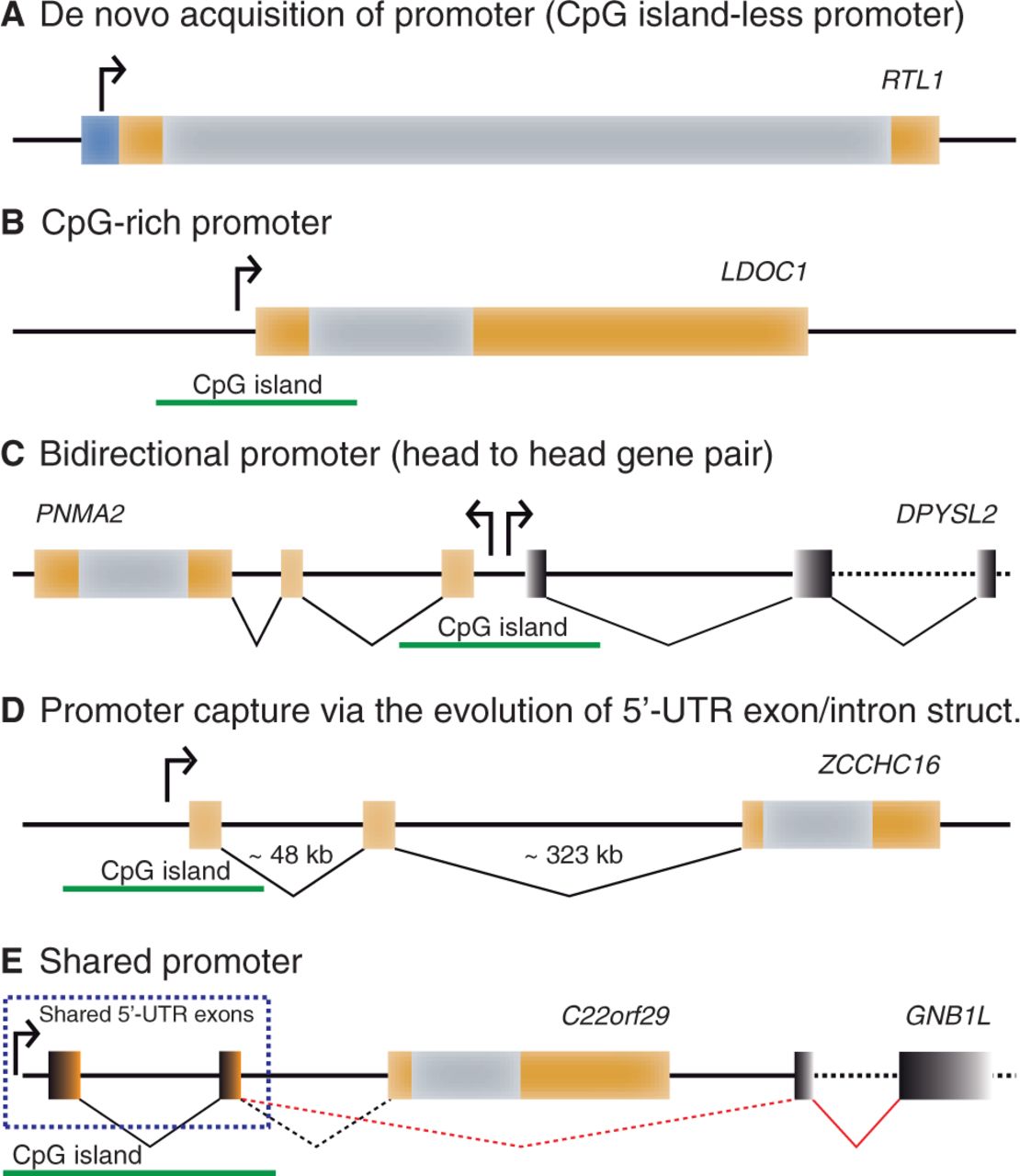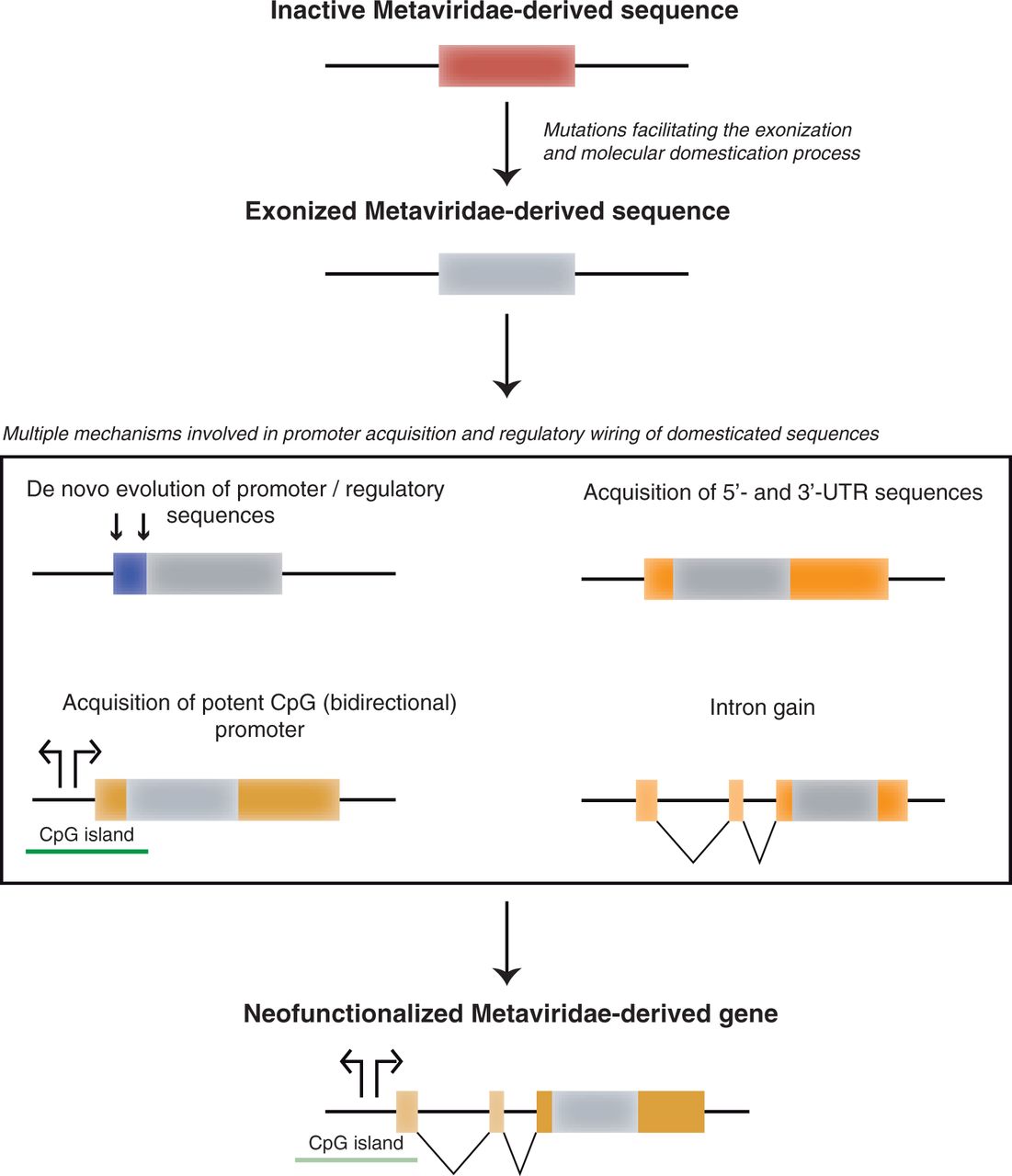Genome Analysis, Function and Evolution
Evolutionary genomics is the study of the history of the genomes. The focus of the evolutionary genomics group lies in the analysis of genomic data with respect to evolutionary aspects. Today we have many genomes available, which gives us the opportunity to elucidate the evolutionary processes that acted upon these genomes.
Research in our group focuses in the use of phylogenomics to learn about the evolution and function of genes and genomes. We search for the footprints of natural selection and evolutionary innovation, and analyze the patterns of variation of substitution rates across different genes and time periods. Very important part of our research represent transposable elements (TE) that are the single largest component of the eukaryotic genomes and represent a major force driving evolution of organisms. They have contributed both directly and indirectly to the evolution of genome structure and function.
The recent availability of large quantities of genomic sequence has led to a shift from the genetic characterization of single elements to genome-wide analysis of enormous TEs populations. We wants to understand the origin of TEs, how they are lost and gained by a species and the role they play in the processes of genome evolution.
We employ diverse methods of molecular, genomic, evolutionary and computational biology to perform research in numerous directions:
- functional diversification after gene duplication
- adaptive evolution of neurotoxins
- PLA2 neurotoxins
- BPTI neurotoxins
- molecular evolution of protease inhibitors
- evolution of multidomain proteins
- phylogenomic analysis of protein superfamilies
- phylogenomic analysis of retroelements
- origin and the evolution of the single largest genome component of eukaryotes: Chromoviruses
- origin and evolution of the largest genome component of the mammals: L1 retroposons
- evolutionary dynamics of diverse retroelements
- horizontal gene transfer
- comparative and evolutionary genomics of protein superfamilies and retroelements
- genomic analysis of reptilian genomes (protein-coding genes and transposable elements)
- genomic analysis of metazoan and deuterostome genomes (protein-coding genes and transposable elements)
- gene and genome evolution in eukaryotes
⇒ Please contact Assoc. Prof. Dušan Kordiš for more information.

Figures from: Kokošar & Kordiš (2013) Mol. Biol. Evol. 30, 1015-1031
(RDDGs, retroelement-derived domesticated genes)

